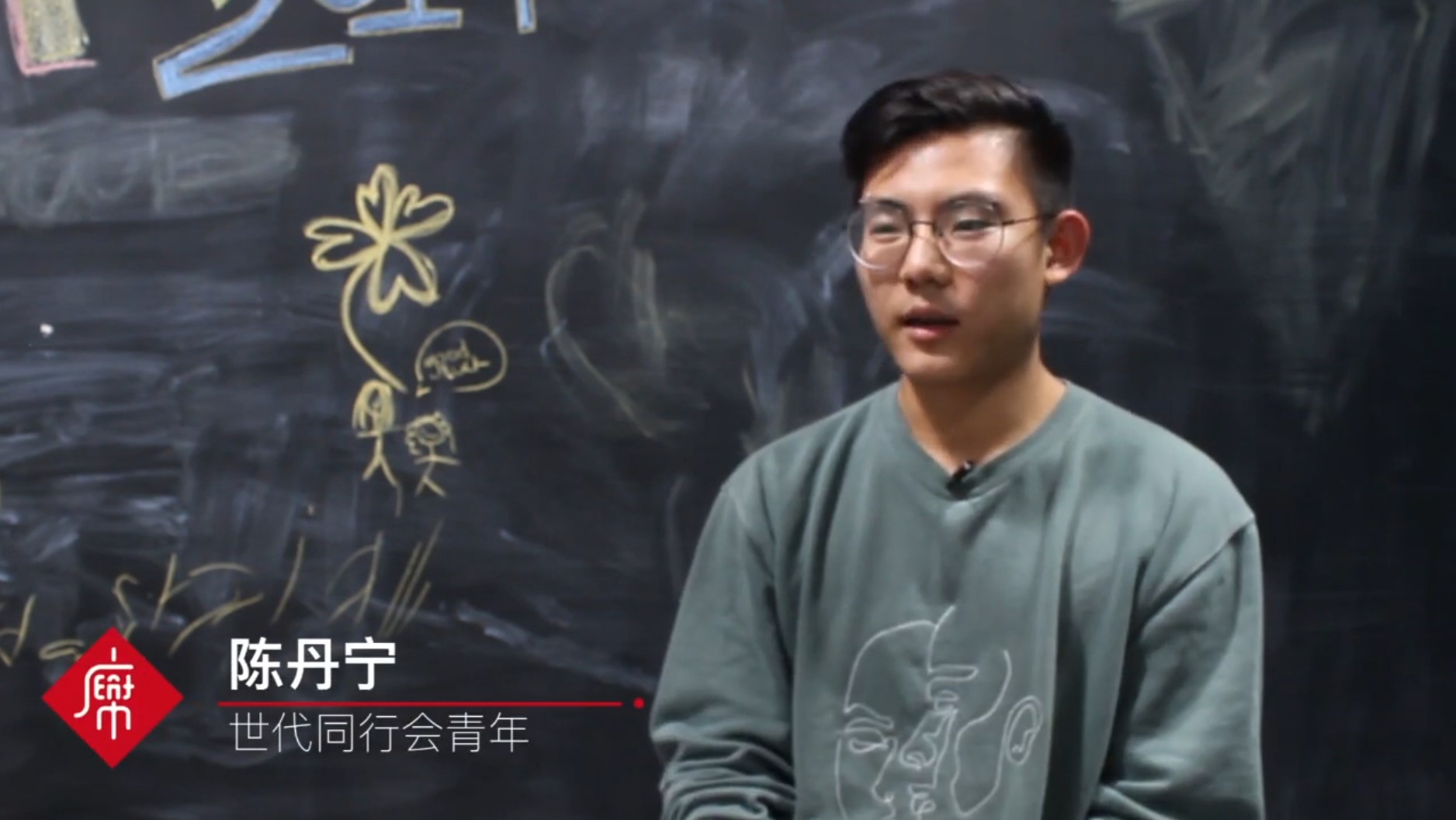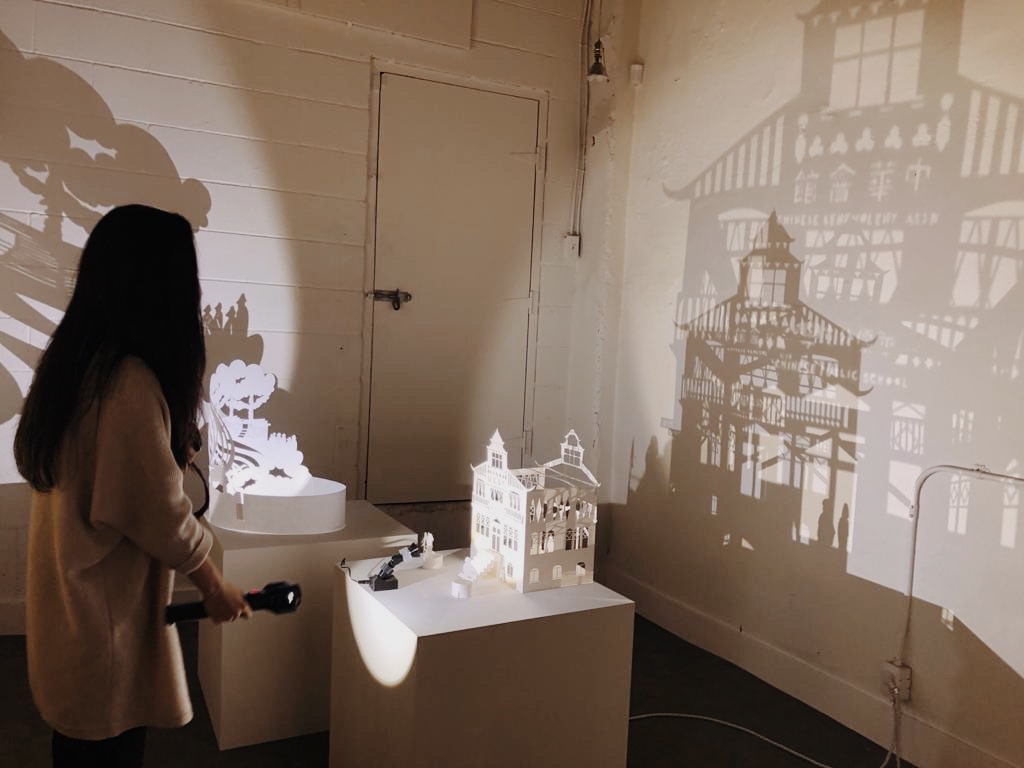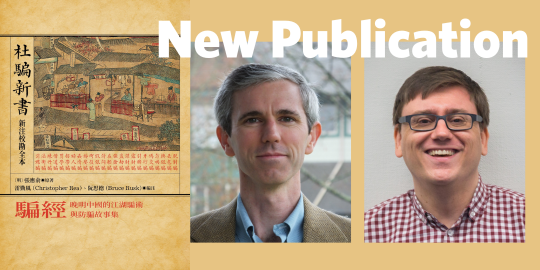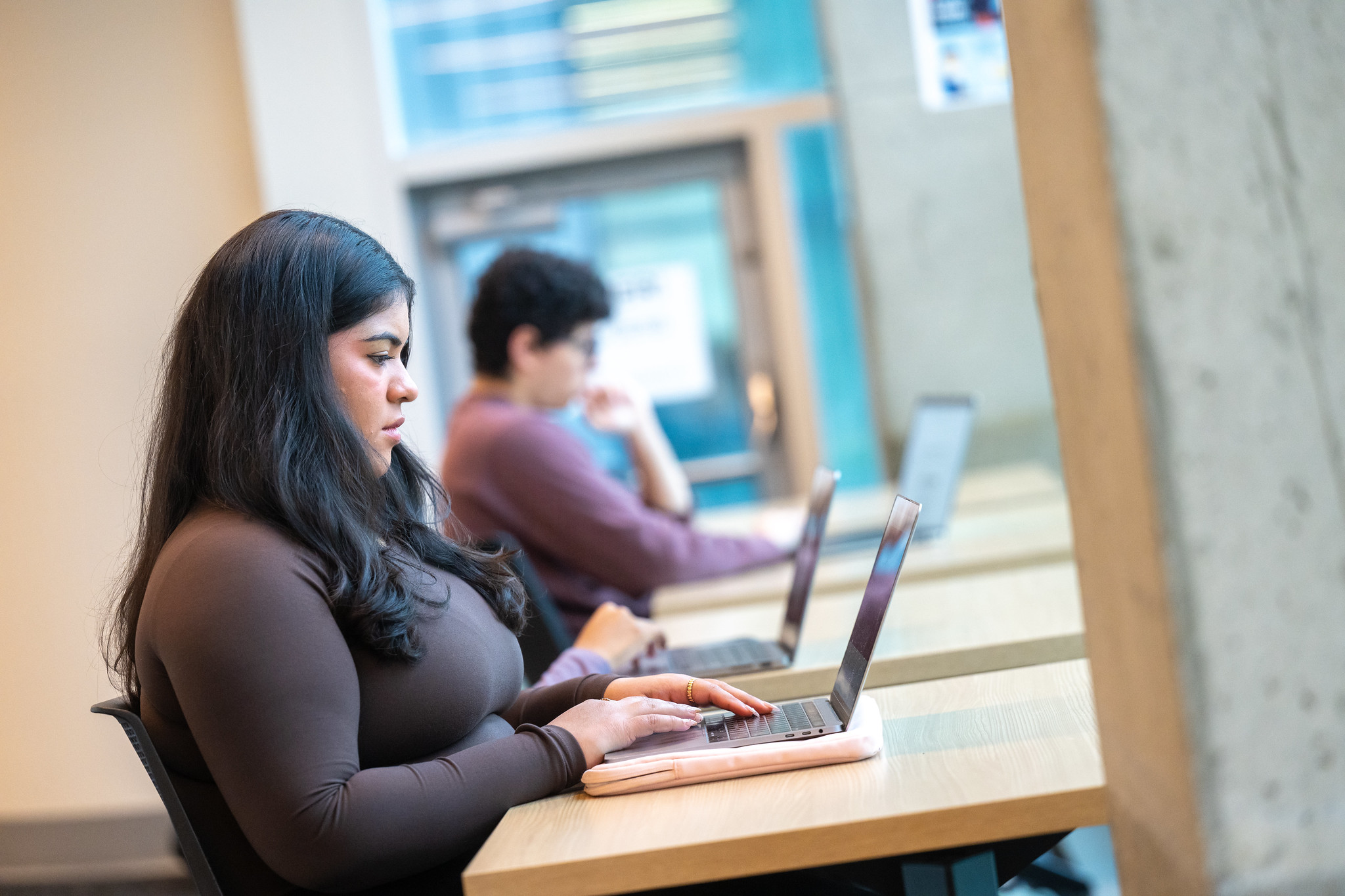

Graduating Asian Studies student Kristy Lin and fifth-year Asian Studies major Daniel Chen had the opportunity to be involved in the creation of A Seat at the Table: Chinese Immigration and British Columbia, the inaugural project of the Chinese Canadian Museum Society, which explores historical and contemporary stories of Chinese Canadians in BC and their struggles for belonging. We recently got the chance to talk to them both about their involvement and what this new exhibition means for them and what they think it might mean for Asian Canadians, specifically Chinese Canadian communities.
Kristy is a second-generation Chinese Canadian, born and raised in Vancouver; Daniel is also at once Chinese and Canadian but also American, and has moved around these 3 countries. Both Kristy and Daniel attribute their heritage and upbringing as to why they decided to major in Asian Studies and minor in Asian Canadian Asian Migration Studies (ACAM).
Despite growing up in Vancouver where she was “surrounded by lots of different cultures,” Kristy explains that through her education, she felt a “disconnect between who I believed myself to be and who I was taught to be by either early teachers or mainstream society.”
While attending Chinese school and traveling to China to visit relatives every few years proved to be a great way for Kristy to develop an understanding of Chinese language, traditions and culture, she also began to question her identity.
“My own Asian Canadian identity definitely made me question a lot about myself and how I fit in into this society, which eventually turned into this journey of discovering and rediscovering who I was during my time at UBC.”
Daniel feels similarly. “Exploring my Asian Canadian identity is a life-long process and is something that I see as a fundamental element in whichever career path I end up taking.”
Being born in Los Angeles, raised in Vancouver, and moving to Beijing in fourth grade forced Daniel to adapt to vastly different environments from a young age. These experiences “have ultimately fueled my interest in migration studies and diasporic culture,” he says.
While Daniel no longer feels his identity must be forced into broadly constructed categories such as “Asian” and “Canadian,” his experience living in predominantly Asian neighborhoods in North America and staying in China during his adolescence has helped him to be proud of his cultural upbringing and identity, and comfortable in his own skin.
“At this point, I’m comfortable in my skin and identity. I’m proud of my cultural upbringing and my experiences that have shaped me into who I am. I don’t remember ever feeling ashamed of being Chinese or Asian.”
Daniel Chen
UBC is, in Daniel’s words, “a unique setting to pursue Asian Studies given the multicultural demographic of Vancouver,” and both Kristy and Daniel agree that pursuing their major in Asian Studies as well as minor in ACAM is not just about learning about who they themselves are but also gaining perspective from those who share similar backgrounds.
Reflecting on her studies, Kristy explains, “[it] was also just a way for me to connect more with other students who may share similar upbringings or have that experience of also being Asian Canadian.”
Daniel adds, “I’m interested in not only my identity but also how other Asian immigrants view themselves and shape the future definition of ‘Asian Canadians’.”
Kristy and Daniel show us that beyond gaining theoretical knowledge about Asia and developing soft skills or learning a language, pursuing Asian Studies is also about exploring your own identity and heritage, and learning how that may affect all aspects of your life. As Daniel says, your identity will follow you no matter what career you choose, so coming to terms with who you are is important.
A Seat at the Table has opened up discussions regarding the shared experiences of Chinese Canadians not only in terms of the early immigrants but also “contemporary stories that live within our communities now in the present moment” which have “[filled] in the gaps between back then and now,” Kristy notes.
Daniel concurs that “[the exhibition is] a great way to showcase that history is still in the making. Contemporary stories bring a sense of relevance to younger visitors. Stories on existing establishments such as Richmond’s Aberdeen Centre or Ovaltine Cafe show that everything around us is part of the historical narrative.”
“From my own perspective, having this exhibition is a big step towards the sharing and circulation of Chinese Canadian stories in BC, but also perhaps in Canada. It … allows for more individual and personal stories to be told”
Kristy Lin
Daniel and Kristy’s contributions to the exhibition are precisely what joined the past and the present together.
Daniel first got involved through an interview as a volunteer at the Yarrow Intergenerational Society for Justice, an organization that supports youth and low-income immigrant seniors in Chinatown and the Downtown Eastside. (See if you can find the video of him talking about about zha jiang mian and his other favorite Chinese foods at the exhibition!)


Daniel featured in an interview video shown in the exhibition (Credits to UBC INSTRCC)
Eventually, he joined the team to support the back-end logistics and social media promotion.
The collection of narratives was part of UBC INSTRCC, an initiative created to engage and empower students to conduct crucial and groundbreaking community-based research relevant to Chinese Canadian communities. Through this, Kristy gathered stories of people like Daniel and helped edit many of the short films showcased throughout the exhibition.
There were, inevitably, challenges faced as well. A problem unique to our current environment, Kristy mentions the difficulty of adjusting the exhibition experience to be compatible with COVID-19 and its various restrictions, especially for the indoors.
“Having both [the Museum of Vancouver and Chinatown locations] open during the pandemic was definitely not something we could have planned for but luckily the team was very fast to ensure [COVID-19] safety within the space and also coming up with a marketing strategy to get people to come see the exhibition.”
Daniel brings up another challenge unique to the A Seat at the Table exhibition – its “trilingual philosophy.”
“Every piece of content tied to the A Seat at the Table exhibition had to be in English, Simplified, and Traditional Chinese. Living in Canada, English has been the default. As we were producing content, we had to design with trilingual templates in mind.”
However, these difficulties were well worth it as the exhibition has received great response from the public and takes an important step towards acknowledging and honoring Chinese Canadians’ contributions to British Columbia and their heritage.
By connecting both the past and the present of Chinese Canadians, the exhibition not only makes apparent the change in discourse surrounding Chinese Canadian history, but also sets the stage for more Chinese Canadian stories to be told to the public in the future.
A Seat at the Table is on exhibit until January 2022 at the Museum of Vancouver and the Hon Hsing Building in Chinatown.


Photos that tell the stories of local Chinese Canadians
In case you still haven’t been inspired to go to the exhibition, we asked Kristy and Daniel their favorite part of the exhibition.
“My favourite part of the exhibition would definitely be all the little stories told and shared of Chinese Canadian owned businesses and especially in the Chinatown community. There are lots of family stories told within the short films, photo galleries, but also other artwork displayed at the exhibition and just getting to hear these stories has brought me a lot closer to Chinatown than I had ever felt before.” – Kristy Lin
“The Paper Shadows produced by Mere Phantoms is a stand-out section in the exhibition. The installation features paper sculptures that cast shadows depicting meaningful events and iconography in Chinese Canadian history.


The interactive shadow art installation
The dim room sets an immersive ambiance for visitors to examine the shadows and appreciate the details in the paper sculptures.” – Daniel Chen


